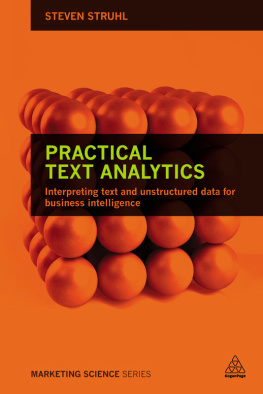Bonus online-only materials are available at the following url:
www.koganpage.com/AI-Marketing
- Bonus online-only Chapter 1: Finishing experiments and on to the non-experimental world
- Bonus online-only Chapter 2: Artificial intelligence, ensembles and neural nets
- Online-only Simulators: three different simulators in Excel format, one in PowerPoint format and one in PDF (Adobe Acrobat) format, allowing you to interactively optimize products and messages. (You will need Flash Player installed on your computer for the PowerPoint format and PDF (Adobe Acrobat) format simulators to work.)
Look for ordinary English, not equations
Everyone can breathe a sigh of relief. We will not be resorting to equations filled with recondite symbols and do not expect you to have mastered advanced statistics or maths. We will be addressing complex topics, but everything will be explained in plain English.
Some definitions we need
Prediction versus forecasting
Prediction is a concept grounding all our discussions. This term is just convenient shorthand, following the common usage that we see in such terms as predictive analytics. Actually, no one can predict anything. If that were true, your author would now be sitting on the deck of his J-Class yacht with a cool drink. Writing this book, of course, but still on the yacht.
The more correct term is forecasting, something like forecasting the weather. Some of our forecasts can be incredibly accurate and indeed can look like predicting. Some other approaches are not as fortunate and we will talk about those. Sadly, though, we do not have the advantage of weather forecasters, who can stick their hands out of the window and solemnly forecast that it is now raining. Everything we discuss will go beyond just taking the current temperature and reporting it.
Artificial intelligence
Moving to another key topic, lets talk about artificial intelligence. One often-seen definition: anything done by a machine that responds to its environment and takes actions that maximize its success. The machines we will discuss are computers. Their environment is data. Their success criterion lies in finding patterns in the data that we cannot perceive and that help us to take more effective actions.
We are not talking about robots that can do our work for us (sorry if you were expecting this). As penetrating as a machines analysis may be, you must make the final decisions, and you must decide how to put the information garnered into action.
Practical artificial intelligence
Artificial intelligence broadly means anything a machine does to respond to its environment to maximize its chances of success. The machines we use are computers and we set their goal as detecting complex patterns that we cannot in order to aid in our making better decisions. For those expecting robots to do our work for us sorry, not yet. Some systems with low-level intelligence are automated. Otherwise you are the one who needs to decide how to use the information that the machines provide.
Even if we are not treading in the realm of science fiction, we will see how remarkably machines can parse and understand data in ways that we cannot, and see patterns that we never could. There is much that is amazing in this arena as we will discuss throughout this book. Also, some systems do make autonomous, low-level decisions based on rules that we devise. And we will talk about those.
Who is a consumer?
This is our last major definition. Of course, the term consumer includes ordinary shoppers dealing with the often bewildering array of choices we encounter in modern life. However, a consumer could also be any of these:
- a doctor choosing medications for patients;
- a purchasing agent choosing which type of rubber bushings will fill the stockroom;
- a donor choosing where to pledge;
- a student choosing where to matriculate;
- an executive trying to choose which manufacturer of mobile phone towers will get the bid.
By the way, mobile phone towers are those tall and often unsightly objects that allow us to enjoy the wonderful world of smartphones everywhere we go. They are very expensive, and very few people on the entire earth decide about buying them. These towers (and their buyers) appear in one of our examples about pricing.
And, finally, what is a mathematical model?
We will be discussing these throughout. By this, we simply mean any type of regular manipulation of a set of variables to forecast or predict the values of some target variable. This could be as simple as adding or multiplication, or as complex as some of the mind-bendingly difficult approaches that we discuss later in the book. These variables can be any quantity or quality that varies from one person to the next, and can include personal characteristics, ratings, consumption patterns, choices made, stated beliefs and so on.
Moving forward
Stay tuned as we discuss, and try to make sense of, work from communities that rarely make much mention of each other. This will be an interesting journey and throughout we will try to follow the advice put forth by Lewis Carroll: Begin at the beginning? and go on till you come to the end: then stop.
We hear a lot about data and even have entire careers named after it, such as data scientist. One of the first things we need to settle is the difference between data and information.
Data simply means anything that can be measured in any way:
- Measurements of the hum given off by neon lights are data.
- Exaggerations, conflations, misrepresentations and downright lies are data.
- Collections of videos recording inactivity on empty streets at night are data.
Information is data that has been gathered and processed to give you insights so that you can deal with a situation in particular an unexpected one:
- Reports that a truck is stalled on the highway and your expected route has been delayed are information.
- Analyses of factors influencing trends in enrolment at your school are information.
- Analyses of what people have bought so that you can sell them more of the right items are information.
- Linking consumer interest in specific product features to levels of purchasing provides information.
A critical difference: data is not information
Data is anything that can be measured in any way. Information is data that has been gathered and processed so that you can use it to deal with a situation in particular one you do not expect. Data does not do anything by itself. You must find how to turn it into information, then knowledge, and finally actions.
Authors Clifford Stoll and Gary Schubert take this a few steps further when they say that data is not information, information is not knowledge, knowledge is not understanding, understanding is not wisdom. The methods we describe here can get you all the way to knowledge. The rest is up to you.
Fallacies about having lots of data
A belief that still lingers is that having more data might just solve all problems. If we recall that data is just basically bits and pieces, we can see that this is wrong. Yet we encounter this erroneous idea in many places on the web, and even in some (bad) books. We should know better. The author of one such book made such a claim while speaking at a conference (and right before your author spoke, which did not start things off very well). This person even said that more data is
Next page
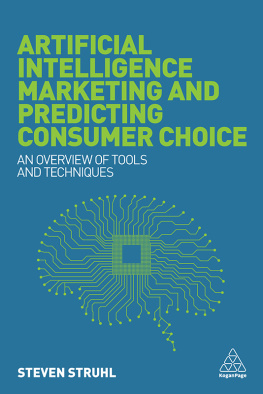
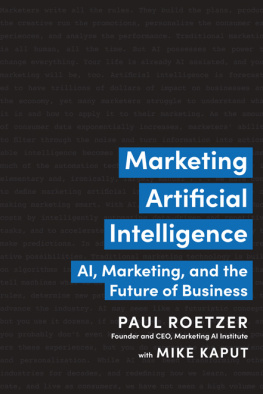
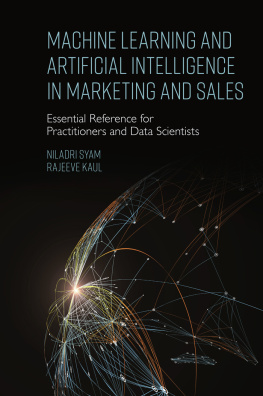
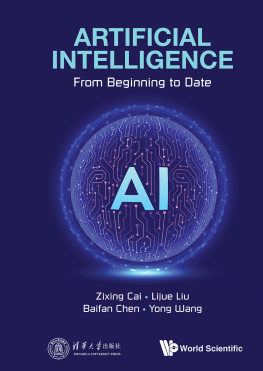
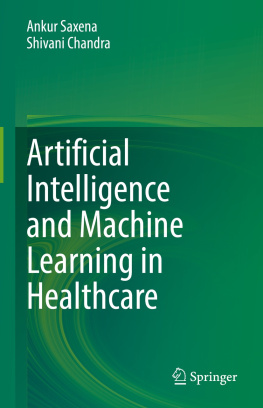

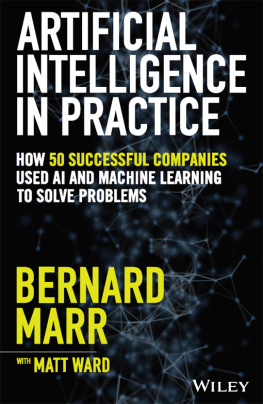
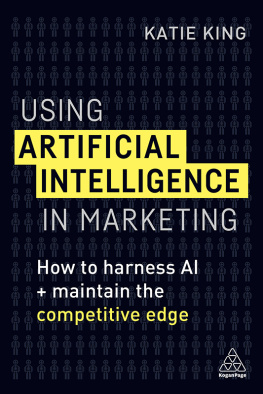
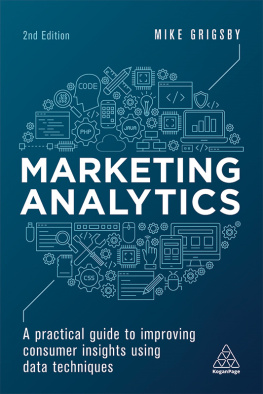
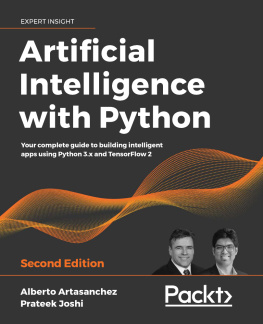
![Jim Sterne [Jim Sterne] - Artificial Intelligence for Marketing](/uploads/posts/book/124040/thumbs/jim-sterne-jim-sterne-artificial-intelligence.jpg)
